1. Canada: A world to explore.
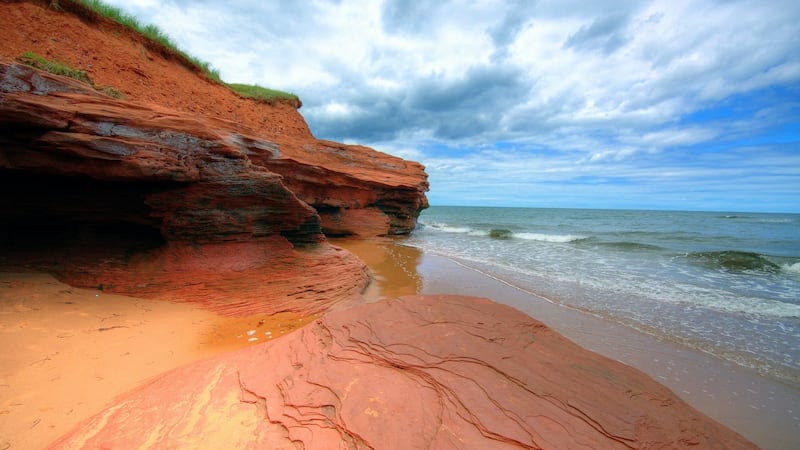
Canada has cosmopolitan cities, barely explored natural wonders and everything in between. Canada is huge — the second-largest country by area. And this is the year to visit: In honor of the 150th anniversary of its confederation, when the original colonies came together as one country, Canada is rolling out the welcome mat. All of the country's more than 200 national parks and historic sites are offering free admission through the year, from the turquoise lakes and mountain peaks of Banff in Alberta to the rolling dunes and red sandstone cliffs of Prince Edward Island along the Atlantic Coast to the newest reserve, the glacial-rounded Mealy Mountains in Labrador. Meanwhile, in the capital, Ottawa, a full year of celebration is planned. More events will be on offer in Montreal, which turns 375.
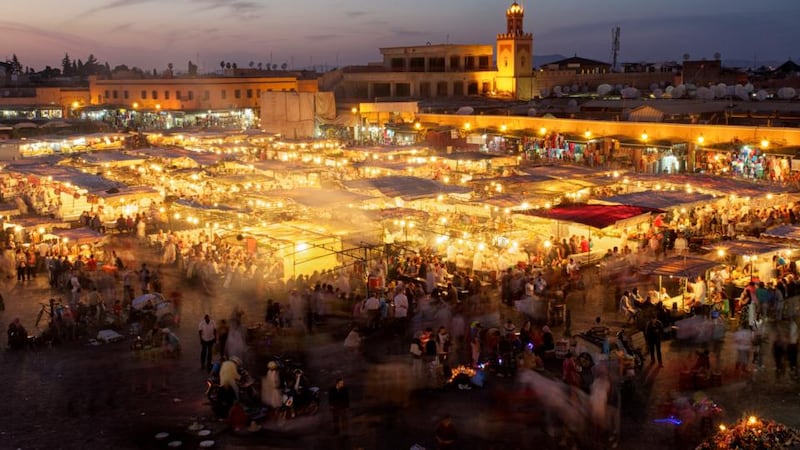
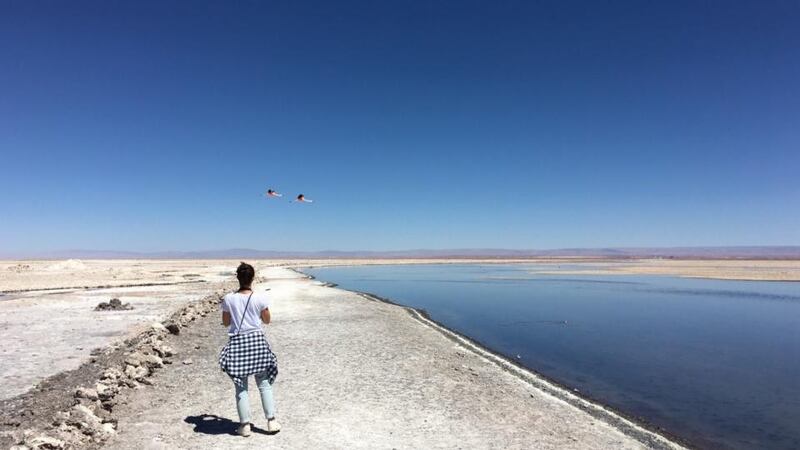
2. Atacama Desert, Chile: Luxury in the world’s highest desert.

The Atacama draws adventure seekers and stargazers to its vast, otherworldly landscape of wind-carved dunes and kaleidoscopic salt lakes. Sunrise balloon rides, which started in August, reveal its staggering beauty from above. The luxurious, recently renovated Explora Atacama hotel reopened in December; overnight rates include guided desert excursions and nighttime access to the hotel’s on-site observatory, equipped with Chile’s largest telescope.
3. Agra, India: Attractions beyond the Taj Mahal.

Navigating the stunning, sprawling Taj Mahal will get easier when an orientation center opens this year, but 2017 also promises new reasons to venture beyond: Nearby streets have been repaved; the Agra Pavilion, a glass-walled dining complex, will host more than a dozen vendors and restaurants; and the Mughal Museum, a collaboration with the architect David Chipperfield and Studio Archohm, has broken ground. In addition, India's fastest train and longest expressway now cut travel time from Delhi and Lucknow.
4. Zermatt, Switzerland: A new perspective on the Matterhorn.
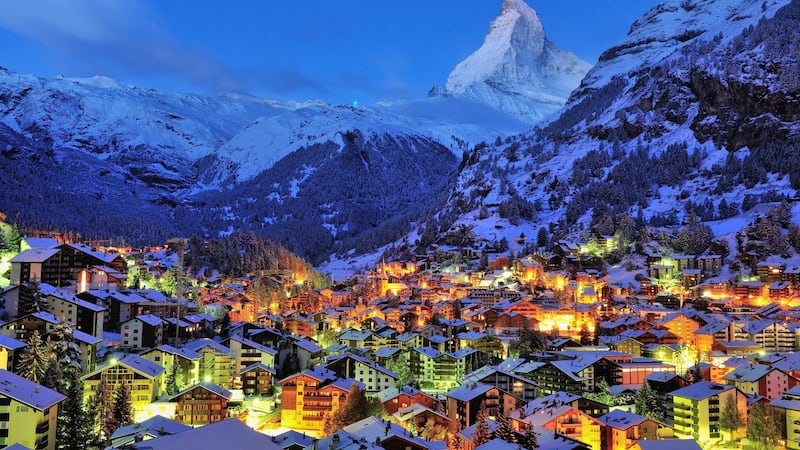
Zermatt, neighbor to the legendary Matterhorn, has been luring active travelers since 1898, when the Gornergrat train — Switzerland’s first electric cog rail — began operating. In time for the rail’s 200th anniversary, the five-star Riffelalp Resort, on the edge of a 7,290-foot-high plateau facing the Matterhorn, reopened in December with updated rooms and ski-in and ski-out access. Higher up, at Riffelberg, a permanent open-air theater will open this summer with performances of “Romeo and Juliet on Gornergrat.”
5. Botswana: Old lions and new digs.
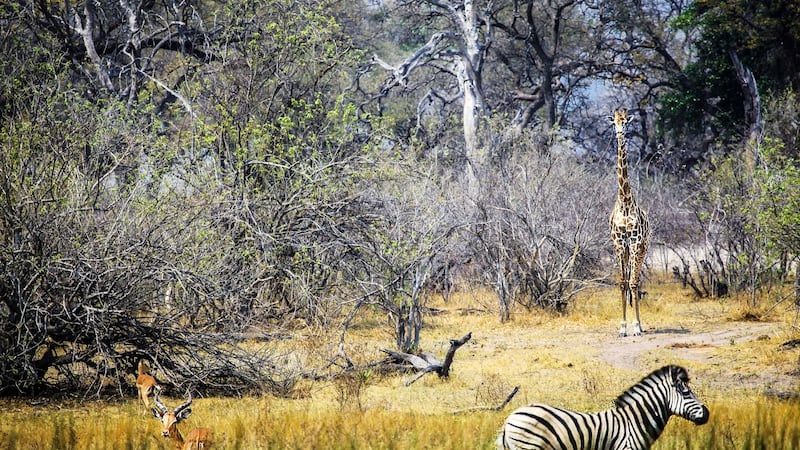
If you've seen an African wildlife documentary in the last 30 years, chances are good that the filmmakers Dereck and Beverly Joubert had a hand in it. This spring the Jouberts, National Geographic explorers in residence, along with the company Great Plains Conservation, will open Duba Plains Camp, a luxury tented camp in a private 77,000-acre portion of the Okavango Delta that's rife with lions, elephants and species specific to northern Botswana like the red lechwe. Expect safaris on boats with built-in camera mounts (when water levels allow) and a chance to see the descendants of Ma di Tau, the star of "The Last Lions."
6. Dubrovnik, Croatia: New ways to the Dalmatian Coast.
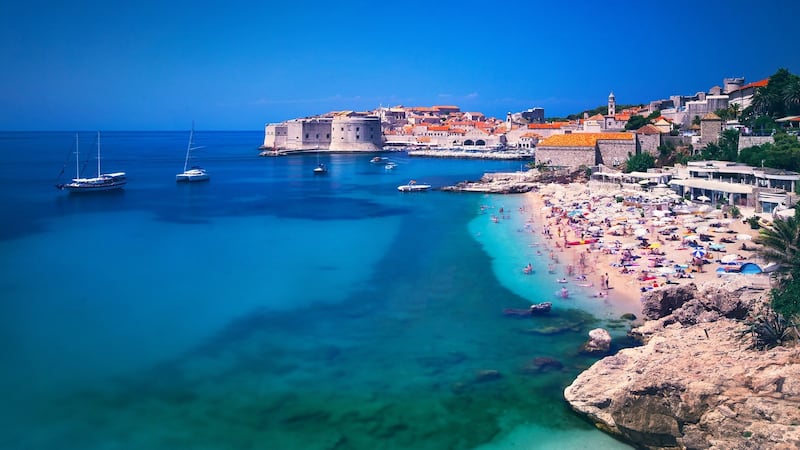
With its limestone-paved streets and 80-foot-high walls surrounding Old Town, this star of the Dalmatian Coast has long been able to rest on its aesthetic laurels — you might recognize it as King's Landing on "Game of Thrones." In recent years, though, it has been adding to the luster. This summer, the city is starting an electric-scooter sharing program, allowing for locals and visitors to zip up and down the coast to more private beaches. The four-star beachside Hotel Kompas is a comfy addition to the scene, and the long-awaited renovation of the grande dame Hotel Excelsior will be finished in June. The new restaurant Portrait is serving elevated takes on Dalmatian fare in Old Town.
7. Grand Teton National Park: A total solar eclipse amid the splendor.
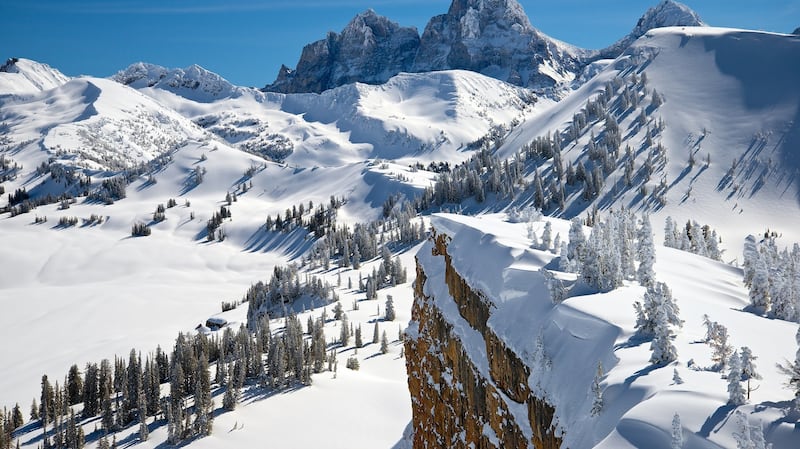
On Aug. 21, the continental United States will experience a total solar eclipse for the first time in 38 years. The eclipse will cut a diagonal swath across America, but city lights and overcast skies can be obstacles to prime viewing. A good bet is Grand Teton in Wyoming, which will get a generous two minutes and 20 seconds of darkness. If you miss the eclipse, you'll still be surrounded by the jagged peaks, mountain lakes and wildlife of a pristine national park in its summer glory.
8. Tijuana, Mexico: A border town with a great food scene.
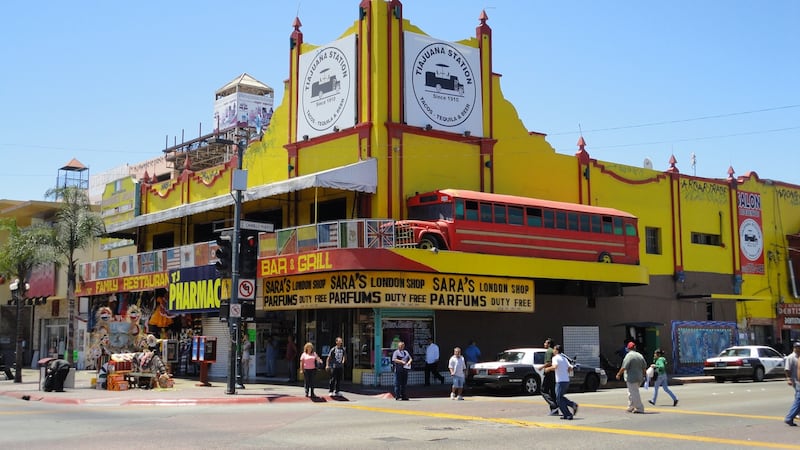
Though still rough around the edges, this fast-growing border town is on the rise, with a luxury condo boom and a new €57.35 million bus rapid transit system. Tijuana is also having a culinary renaissance, fueled by craft breweries, stylish coffee shops and globally informed restaurants that range from Telefónica Gastro Park's hipster food trucks to bustling Baja Med spots like La Querencía in the riverside Zona Río neighborhood.
9. Detroit: A city makes good on a comeback.
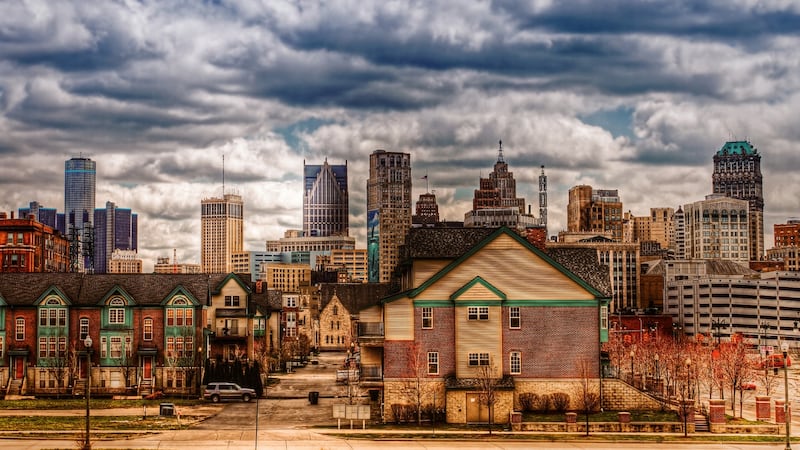
Detroit’s revitalization, after its 2013 bankruptcy filing, has long been building. In 2015, it was named a UNESCO City of Design. But 2017 may be the year promise becomes reality. The new QLine streetcar is expected to open in April, connecting the central Woodward Avenue corridor some 3.3 miles between downtown and the revived New Center area. It passes through Midtown, home to the Detroit Institute of Arts, and the entertainment-focused District Detroit, where a stadium opening this fall will be shared by the Detroit Red Wings and, in a return from the suburbs, the Detroit Pistons.
10. Hamburg, Germany: A haven for architecture and design.
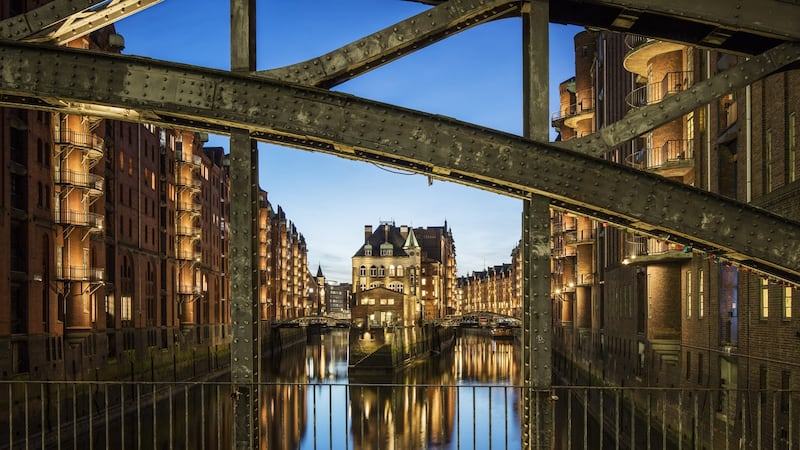
Zaha Hadid’s meandering promenade along the Elbe recently breathed new life into the riverfront and the nearby 19th-century Warehouse District, which made the UNESCO World Heritage list in 2015. Adding to the sheen, the much-anticipated Herzog & de Meuron-designed Elbphilharmonie is scheduled to open this month. The 360-foot-tall glass structure sits atop an old warehouse, its spiky roof evoking sails and the city’s maritime past. And if all that architectural gawking tires you out, the uber-luxurious Fontenay will open this summer, the first five-star hotel in this northern German city in 18 years.
11. Marrakech, Morocco: Art in a fashionable new museum.

A new museum dedicated to the work of the fashion icon Yves Saint Laurent will debut this fall in Marrakech, showcasing thousands of sketches, couture garments and accessories. The 43,000-square-foot structure sits adjacent to the Jardin Majorelle, which will celebrate its 60th anniversary as a public garden in 2017 (Saint Laurent saved it from demolition). The much-visited attraction also houses a museum dedicated to Berber culture and the designer's private residence, Villa Oasis.
12. Greenville, South Carolina: The next Charleston?
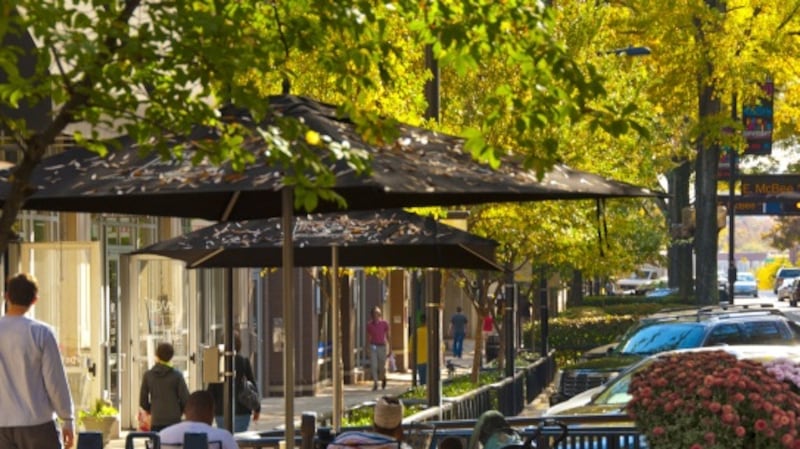
Though small, Greenville, nestled in the Blue Ridge Mountains, may be the next major food destination, with four big openings: Husk from Sean Brock, the Kitchen by Wolfgang Puck, Jianna from Michael Kramer and the speakeasy Vault & Vator. Before feasting, enjoy the city's many public artworks along the tree-lined streets, or grab a pour over at Methodical Coffee en route to biking the 21-mile Swamp Rabbit Trail.
13. Pedregal, Ecuador: A natural beauty that’s still natural.
The earthquake that rattled Ecuador last year mostly shattered areas where international travelers seldom go. Now man-made threats may compromise El Pedregal, a popular place for visitors before or after Galápagos excursions. The valley south of Quito is surrounded by huge volcanoes and grassy steppes where haciendas serve as bases for travelers to go hiking, mountain biking and horseback riding. Go before June to see the valley before new power lines encroach on condors and views.
14. Penzance, England: A glimpse of ‘Poldark’ country.
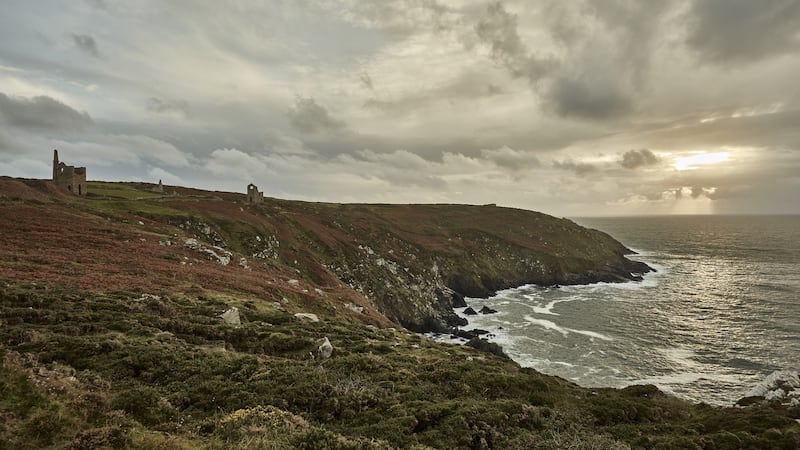
Penzance, a Cornish port town in the southeast of England, is having a moment, thanks to the popularity of "Poldark," a BBC costume drama set in 18th-century Cornwall. The new Chapel House B&B joins a local favorite, the Artists Residence, while restaurants such as the Tolcarne Inn, in nearby Newlyn, and the Shore have put Penzance on the map as a culinary destination. Perhaps the best thing to see in Penzance — aside from the scenery — is the art deco-inspired Jubilee pool, one of Europe's last saltwater lidos. The enormous triangular public pool was built in the 1930s and just underwent a $3.73 million renovation.
15. Osaka, Japan: The ultimate Japanese feast awaits.
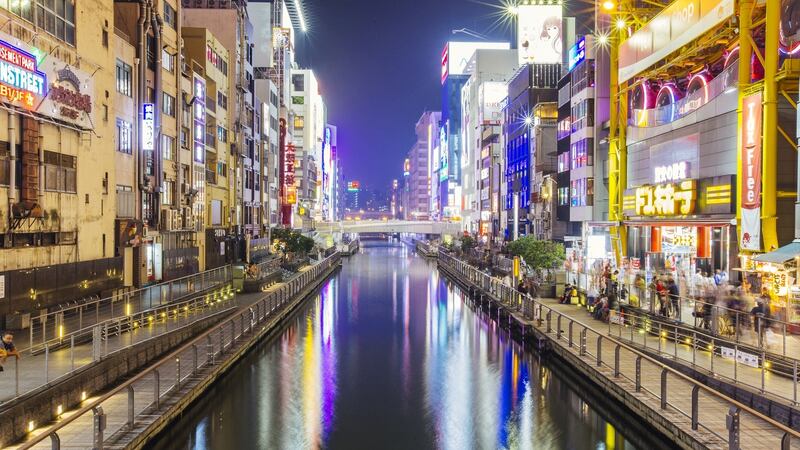
If Kyoto represents Japan's spirit, and Tokyo its heart, Osaka is the country's insatiable appetite. The city's culinary legacy is alive and at work in the neighborhoods of Tsuruhashi and Fukushima, and in the 91 Michelin-starred restaurants spread throughout the city — like Ajikitcho, specializing in traditional Japanese cooking, and Taian, with a char-grilled focus. On April 28, it will all come together at the International Festival Utage ("feast"), a 10-day food festival, celebrating flavors from Japan's 47 prefectures.
16. Stockholm: A somewhat cheaper Scandinavia.
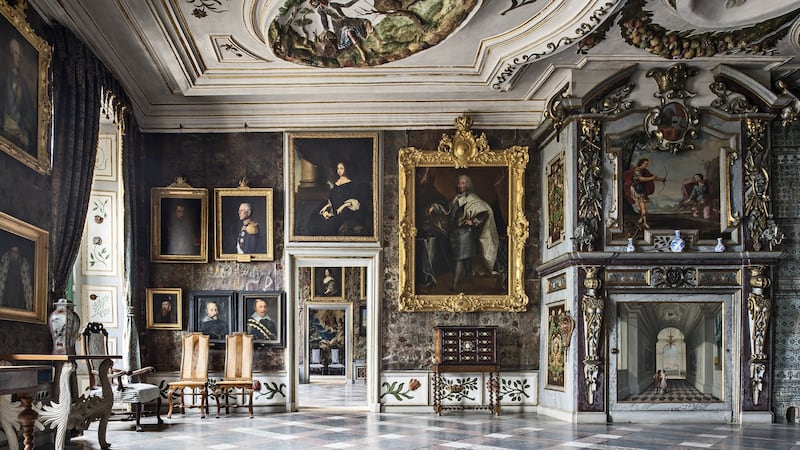
Free state-owned museums will make visits to Sweden’s capital less expensive in 2017. Over a dozen dropped their hefty entry fees last year, including the Museum of Modern Art, the Museum of Natural History, the Swedish History Museum and Skokloster Castle. Add to that a favorable exchange rate for Americans — the krona is about 20 percent weaker against the dollar than it was two years ago — and this beautiful city suddenly looks even more attractive.
17. Sikkim, India: An accessible haven for spiritual seekers.
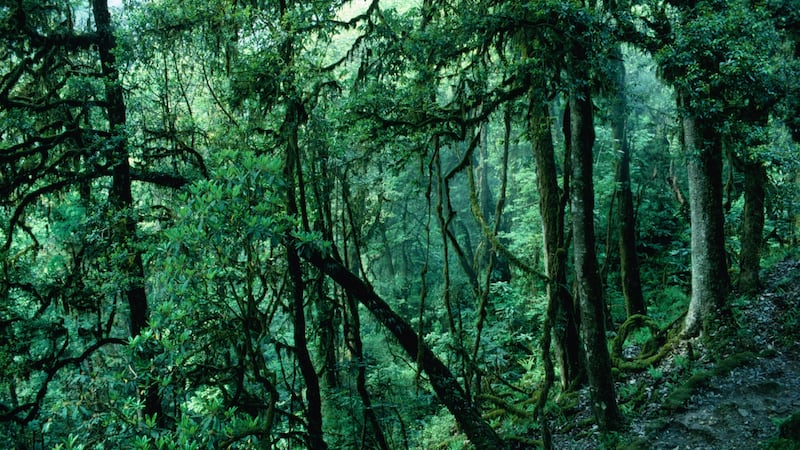
With its first airport opening next year and its first rail link in the works, the remote northeastern Indian state of Sikkim keeps getting closer. Adventurous souls can trek Khangchendzonga National Park, a Himalayan haven of forests, valleys and mountains — including the world's third-highest peak — that earned UNESCO World Heritage status this year. Spiritual seekers, meanwhile, can pursue nirvana around the historically Buddhist land, from centuries-old Buddhist monasteries like Tashiding and Pemayangtse to the museumlike Namgyal Institute of Tibetology. And load up on spices, fruits and vegetables. Sikkim became the first fully organic state in India last year.
18. Île de Porquerolles, France: Plage, pétanque, pastis: parfait.

Only 10 minutes by ferry from the mainland, this 4-mile-long under-the-radar Mediterranean island is an unexplored refuge with mountain-biking trails, sandy beaches and a single rustic vineyard offering free daily wine tastings. Mostly national parkland, the car-free island has one idyllic village where you’ll hear the clinking of both pétanque boules and glasses of pastis. The place to stay is Le Mas du Langoustier, an upscale hotel perched between two coves on the western end of the island.
19. Madagascar: An island is an eco-tourism paradise.
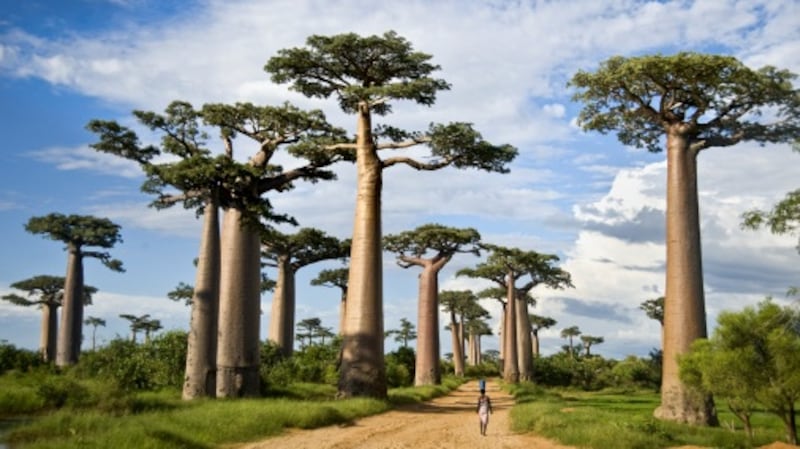
Madagascar has stabilized since its elections in 2013, and is luring tourists back to its stunning combination of jungles, beaches and reefs. Lemurs and chameleons are the headline attractions in this island nation the size of France, which lies off the east coast of Africa. Whale sharks and humpbacks cruise the undersea world, fat-trunked baobab trees dot the land and more than 90 percent of the island's mammals are not found anywhere else. Eco-friendly lodging options include luxurious island retreats like the new Miavana and rain forest camps like Masoala Forest Lodge. And it's not as hard to get to as you might imagine: Air France and South African Airways offer one-stop flights from New York.
20. Sanya, China: China’s beach destination of choice.
With its stunning white sand beaches and shimmering blue waters, Sanya on Hainan Island, China's southernmost province, is known as the Hawaii of China. The destination is in the midst of a resort boom, and these eye-catching properties are reason enough to visit. There are already a Park Hyatt, a St. Regis and a Shangri-La. And late last year, Ian Schrager's luxe Edition — a 500-room resort with a long list of amenities — made its debut. Next up, in March, is the tony One & Only Sanya, set amid 28 acres of coconut palms.
21. Cyprus: Renewal on a Mediterranean island.
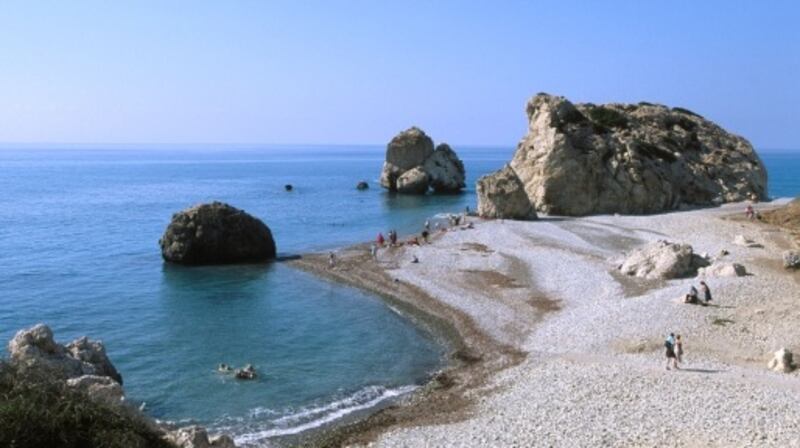
The Cypriot city of Paphos has prepared a slew of events for its role as a 2017 European Capital of Culture. But the entire island boasts renewed attractions, especially in Nicosia, where the A.G. Leventis Gallery opened its collection of over 800 artworks in 2014. The renovated Altius Boutique Hotel and trendy hot spots like Cook Shop, To Elliniko Ouzomezedopoleio and the Pivo Microbrewery offer new lodgings, food and drinks in the capital.
22. Great Barrier Reef, Australia: Tourists can help save a reef.
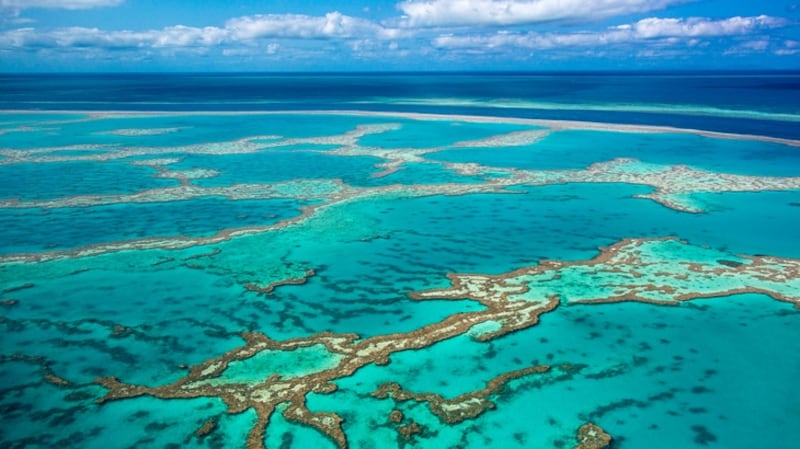
Increased sea temperatures, caused by climate change, El Niño and other factors, have caused extensive coral bleaching, mostly in the northern sections of Australia’s 1,430-mile long Great Barrier Reef. The world’s largest living organism — a mosaic of some 2,900 coral reefs and 900 islands — faces serious threats but conservation efforts are bearing fruit, and visitors can play a role in saving the reef. A turtle rehabilitation center on Fitzroy Island welcomes volunteers, as does the Lizard Island Research Station, and a host of other citizen science groups. And new or recently refurbished resorts on Hayman, Orpheus, Pumpkin and Lizard islands offer idyllic places to explore this fragile, extraordinary natural wonder.
23. Minneapolis: Painting a Midwestern city purple.
There's a lot going on in the City of Lakes this year: the new U.S. Bank Stadium is hosting the X Games in July, and the Walker Art Center will open its popular sculpture garden after an extensive renovation in June. But, dearly beloved, you may be gathered in Minneapolis to celebrate the life of one of its most famous sons: Prince. Since his untimely death in April, fans of the pop genius can paint the town purple: Take a tour of First Avenue, the club featured in the 1984 classic film "Purple Rain," or go on a citywide Prince-themed tour with Waconiaville Tours. Most exciting, Paisley Park, Prince's private domain for two decades, about 20 miles outside of town, has opened for public tours, allowing fans a look behind the purple veil.
24. Kingston, Jamaica: New lodging, local eats and, yes, music.
The capital of Jamaica furthers its case as cultural destination, not just a stopover to the beach. Stay at the Courtyard by Marriott, Kingston's first new hotel in over a decade, or at the SoHo-style Spanish Court Hotel, which has added a second pool and will open its Montego Bay branch in the summer. Eat like an Olympic legend at Usain Bolt's restaurant Tracks & Records, or get all things jerk at the hot spot Chateau 7 Juice. Take in old-school reggae at the One World Ska and Rocksteady Music Festival, launched this November; at the newly opened Peter Tosh Museum, honoring the former Wailer; or at one of the dub music parties debuting around the city. And if you still want beach, hop on the freshly completed North-South Highway and arrive in Ocho Rios in under two hours.
25. Comporta, Portugal: The anti-Algarve, an hour from Lisbon.

The Algarve may be chockablock with tourists and grand hotels, but hippie-chic Comporta, a protected nature reserve and former fisherman's village in the Alentejo region, is deliberately underdeveloped and teeming with creative European A-listers. This year its only major hotel — Sublime Comporta, with rustic rooms and suites scattered across forests of pine, cork and olive — opened a restaurant, Celeiro, inspired by the area's old rice barns, along with 22 luxury villas. Nearby, Aman Resorts broke ground on a project that fell through, leaving locals buzzing about which big-name company will take up where they left off. Go before the branding happens.
26. Kazakhstan: From oil state to luxury eco-destination.
Ten years after Borat put it on tourist maps, Kazakhstan aims to be a refuge of Silk Road luxury. A boom of hotels in the capital, Astana, include this year's openings of a St. Regis and Ritz-Carlton. But an earnest transition from oil state to eco-destination is also underway. Astana hosts the 2017 World Expo, which highlights future energy solutions and is home to a pavilion powered by clean energy, while the biodiverse Tian Shan mountains were included on UNESCO's 2016 World Heritage list. The tour outfitters Remote Lands and Intrepid Travel have also started new tours.
27. Gabon: Wildlife without mass tourism, yet.
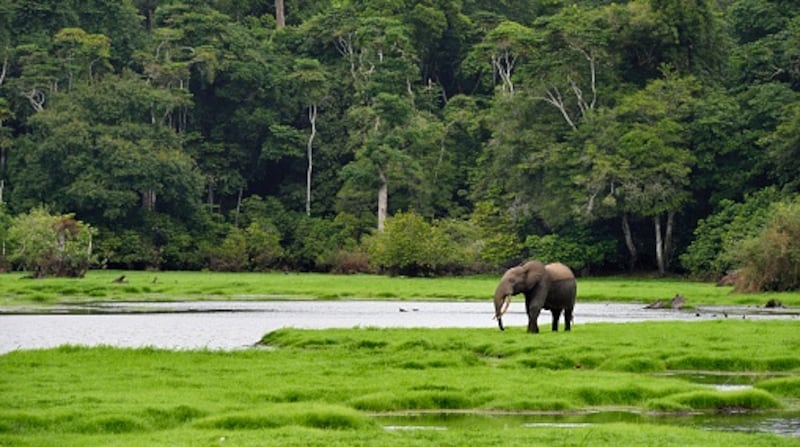
Hippos surfing waves. Elephants strolling sandy beaches. Gorillas, mandrills, sea turtles, whales. Gabon, a politically stable African country with abundant wildlife, isn’t on many must-see lists, largely because of its lack of infrastructure. It’s still challenging to move within the country and hotels are rare, but the government is working to change that. In the last five years, it has improved the country’s international airport, introduced an online visa application, established a national park system in long-protected reserves and neared completion of a national coastal road. Last year, two lodges reopened, notably Loango Lodge, situated at the main entry point to Loango National Park and the gorilla habituation project. And in 2017, two more lodges will open near the Langoué Bai and Lopé national parks.
28. Athens, Greece: An art boom in an ancient capital.
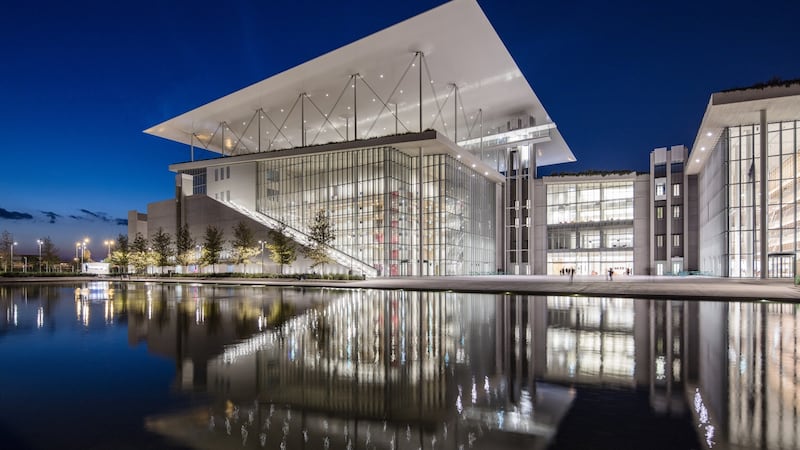
Prices have dropped, but the Greek debt crisis has not dampened Athens' thriving arts scene. Recent years have seen a surge of galleries, collectives and nonprofit art organizations built for leaner times, like Radio Athènes, which hosts pop-up lectures and performances, and the immigration-focused Nomadic Architecture Network. In October, the renovated EMST National Museum of Contemporary Art opened in a former brewery, while the Stavros Niarchos Foundation Cultural Center, designed by Renzo Piano, opened in August. Athens will co-host the 2017 edition of documenta, the influential art exhibition held in Kassel, Germany, since it started in 1955.
29. Northwest Puerto Rico: A new place for surfers and foodies.
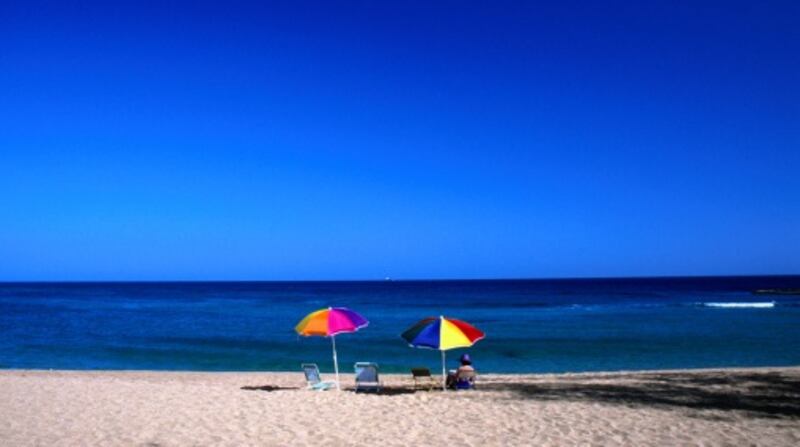
A handful of New York exiles are defying the island's troubles and turning the tiny surf town of Isabela into a hot spot that draws those escaping the East Coast winter. Brooklyn-raised chef Wilson Davalos opened the chic, 20-seat restaurant CLMDO in 2014, which sparked a host of other ventures. Highlights include La Central, a lively craft cocktail bar, and the just-opened branch of a Rockaway Beach favorite, Uma's, a small resort that comprises a beachfront restaurant and surf shop with rooms for rent.
30. Chiang Mai, Thailand: An avalanche of art in Thailand.
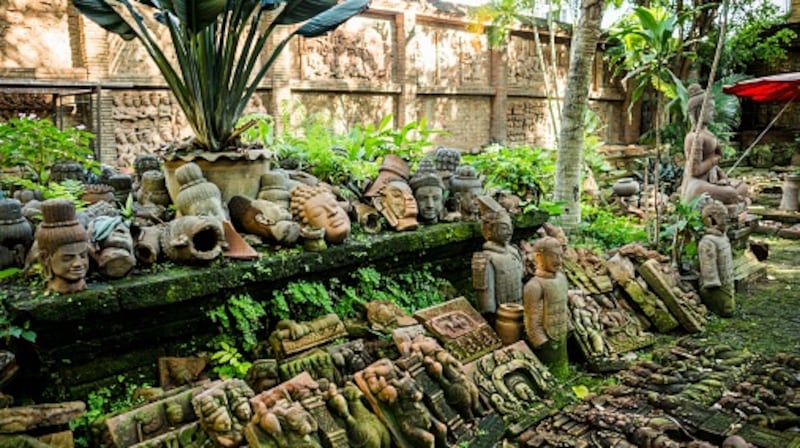
January's second annual Galleries Night Chiang Mai and February's Documentary Arts Festival, a weeklong biennial, provide opportunities to discover the proliferating art spaces in the historic northern city. This year's crop included Chiang Mai's first contemporary art museum, MAIIAM; the multidisciplinary Asian Culture Station; and Thapae East, an art and performance venue, among others. Art pilgrims can crash at the chic X2 Chiang Mai Riverside hotel, opening next year, or the Art Mai Gallery hotel, decorated by Thai artists.
31. Napa Valley, California: A new generation of openings.
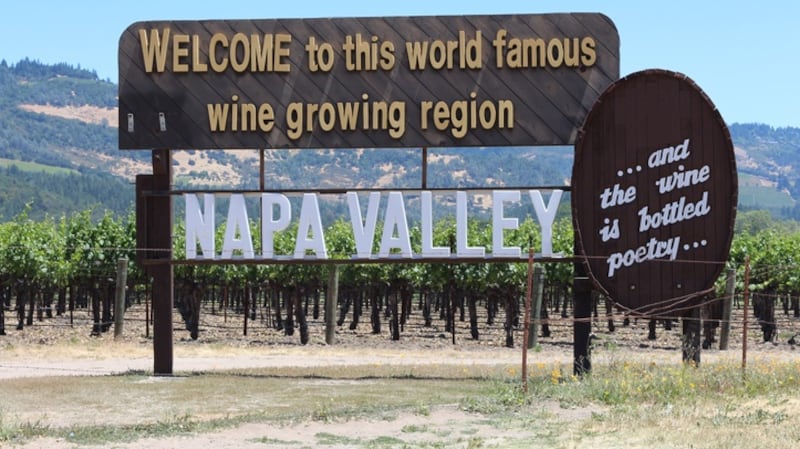
Long regarded as the country's classic wine region, this year the area will gain fresh life with the addition of a number of hotels and restaurants, not to mention a new emphasis on bespoke beer from Fieldwork Brewery Co., which opened in October (and joins five other breweries on this 29-mile strip of wine country). Meanwhile, Las Alcobas, a hotel designed by Yabu Pushelberg, just opened its doors in St. Helena, and Two Birds/One Stone (owned by Kenzo wines) brings a yakitori-inspired dining spot to the area. Don't miss a tasting at the new JaM cellars, which moonlights as a recording studio and bespoke fashion salon.
32. Puerto Escondido, Mexico: An artsy enclave on the Oaxacan Coast.
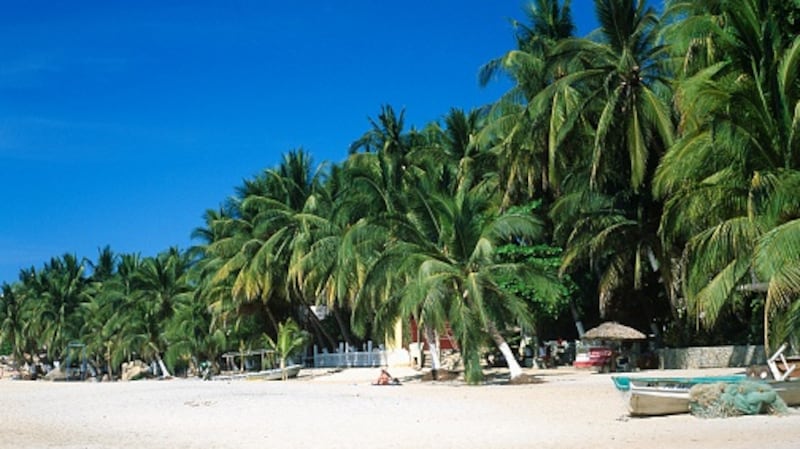
In recent years, the former fishing community of Puerto Escondido, with its palapa-lined beaches and long-established surf scene, has seen the opening of the stylish Hotel Escondido; a number of imaginative haute Mexican restaurants, including Almoraduz; and a new arts complex, Casa Wabi, founded by one of Mexico's most famous living artists, Bosco Sodi. With Oaxaca state's capital, Oaxaca City, grappling again with political violence last June, coastal Puerto Escondido has emerged as a beachy, bohemian alternative.
33. Sedona, Arizona: Sun-soaked luxury that’s Zika-free.
Snowbirds have traditionally escaped gray skies by fleeing to the tropics. But with continued CDC warnings about the Zika virus, some travelers — especially potential parents — are seeking mosquito-free destinations. Consider Sedona, which basks in the dry warmth of the Arizona desert, its natural beauty gleaming under a new sheen of luxury. Last year, resorts like L'Auberge de Sedona and Hilton Sedona Resort at Bell Rock completed multimillion-dollar renovations. New restaurants like Mariposa, L'Auberge's Cress on Oak Creek and SaltRock Southwest Kitchen have attracted national praise. And the growing wine industry draws oenophiles eager to sample the vintages of the Verde Valley.
34. Madrid, Spain: Way beyond tapas in the Spanish capital.
Dining in Madrid is increasingly an international experience, with extraordinary and innovative Japanese, Brazilian, Vietnamese, Peruvian, Mexican or Indian cuisine. Among the most exciting new restaurants are Sandro Silva’s Amazónico (with Brazilian and Indian tandoori elements), Dani Garcia’s BiBo Madrid (an “Andalusian brasserie”), Chuka Ramen Bar (a Japanese take on Chinese street food) and David Muñoz’s DiverXO (a three-Michelin-star melding of Ibero-Asiatic cuisines). And that is just A through D. All across town, markets and derelict buildings are being transformed into high-end food courts, like the gorgeous Platea in a former art deco cinema. Wash it all down with house-made spirits at Macera.
35. Ketchum, Idaho: A hideaway ski town emerges.
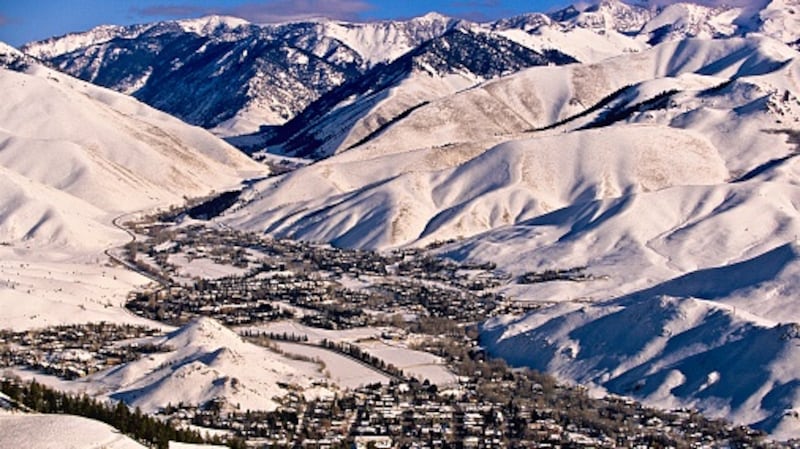
Photos of glitterati from Marilyn Monroe to Tom Hanks fill the walls at the newly rebuilt Sun Valley Lodge, testifying to its vintage associations with Hollywood. While the low-key town of Ketchum, home to Sun Valley's slopes and Ernest Hemingway's grave, remains more "Papa" than Prada, new development suggests a more prominent future. The Aspen Skiing Co. just opened the 99-room Limelight Hotel Ketchum, the first new hotel in about 20 years, with an outdoor pool and complimentary bikes. Auberge Resorts plans to open 65 hotel rooms and 14 residences in 2019. Bike or snowshoe to an expanded brew pub, a new distillery or, most reflective of its unvarnished charms, the bustling community library.
36. Maldives: Can an island chain be saved?

The Maldives may be sinking because of climate change, but hope springs eternal — the entire archipelago has applied for UNESCO biosphere reserve status for 2017, and more than 25 hotels opened in 2016 or will open in 2017. They include the eco-friendly Soneva Jani, whose bedrooms have retractable roofs, and the Four Seasons Voavah Baa Atoll, entirely located within a UNESCO biosphere, while the Italian hotel Baglioni opens on the private island of Maagau this summer. Taking an early plunge is Hurawahli, one of the world’s largest subsea restaurants, opening in November. Malé International Airport’s $450 million renovation includes a new runway aimed at increasing travelers.
37. Calabria, Italy: Notable food in a less-traveled region.
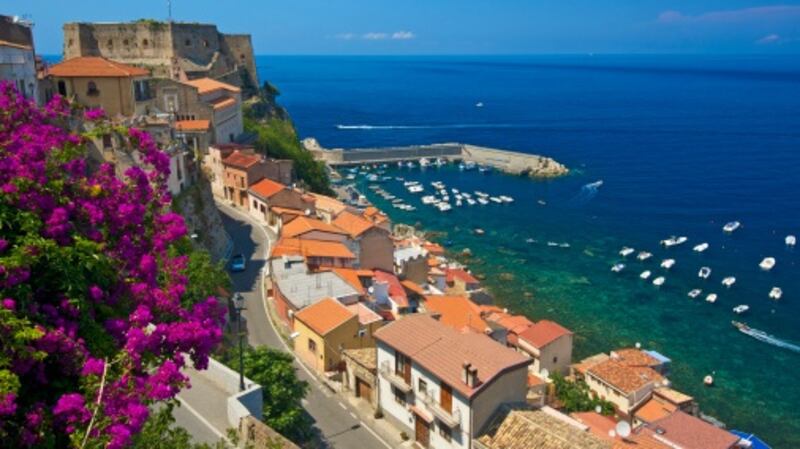
Some of the best meals in Italy aren't found in Rome or Tuscany, but from the southern region of Calabria. The toe of Italy's boot is making a name for itself in food and wine circles, led by places like Ristorante Dattilo, Ristorante Ruris in Isola Capo Rizzuto and Antonio Abbruzzino in Catanzaro. Known for spicy dishes and much of the world's supply of bergamot, Calabria is pivoting toward lighter fare, organic farming and wine made from local grapes.
38. Antequera, Spain: Does Spain have its own Stonehenge?
The region of Andalusia in southern Spain has a new — but very old — archaeological gem to celebrate: A site in the town of Antequera that is home to ancient dolmens, megalithic tombs built from massive stones believed to be over 5,000 years old. In July, three of these well-preserved monuments, along with two nearby mountains, received UNESCO World Heritage status, and the area is now primed for exploration.
39. Lofoten Islands, Norway: Art-inspiring landscapes in the Arctic.
This archipelago, a 2-1/2-hour flight from Oslo and more than 100 miles north of the Arctic Circle, is an idyllic haven for outdoor adventurers and artists. The craggy mountains that drop dramatically into cobalt waters make it a favorite with hikers, cyclists, kayakers and a growing number of surfers. The same striking landscape is popular with artists who turned cod factories into galleries for contemporary art, ceramics and photography. New hotels like Svolvaer Havn are opening to accommodate the growing number of visitors, while perennial favorites like Thon Hotel Lofoten have undergone renovations. And with more nonstop flights from low-cost carrier Norwegian Air, it's all that much easier to get to Norway.
40. Iberá Wetlands, Argentina: Reviving a wild place.
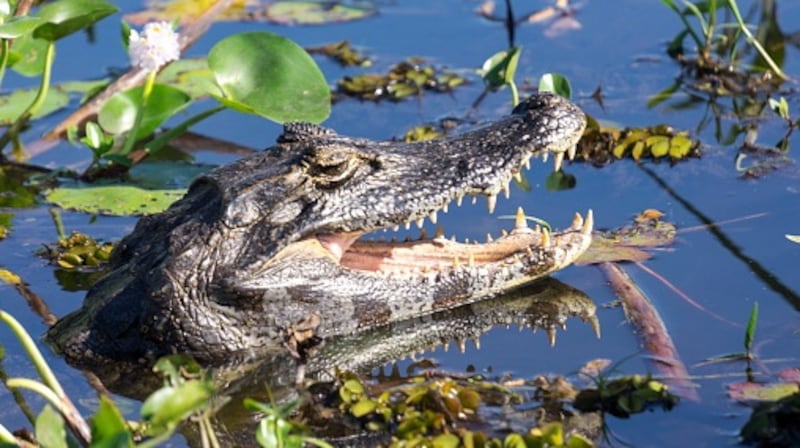
This 3.2-million-acre wetland in northeast Argentina is still off the radar for most visitors, overshadowed by Patagonia. But the government and organizations like the Conservation Land Trust are involved in an extensive “rewilding” project that is repopulating the area with plants and animals, including jaguars. And last year Tompkins Conservation began donating additional land for the creation of Iberá National Park, which, when complete, will be the largest protected natural area in Argentina.
41. Istria, Croatia: New lodgings in an overlooked region.
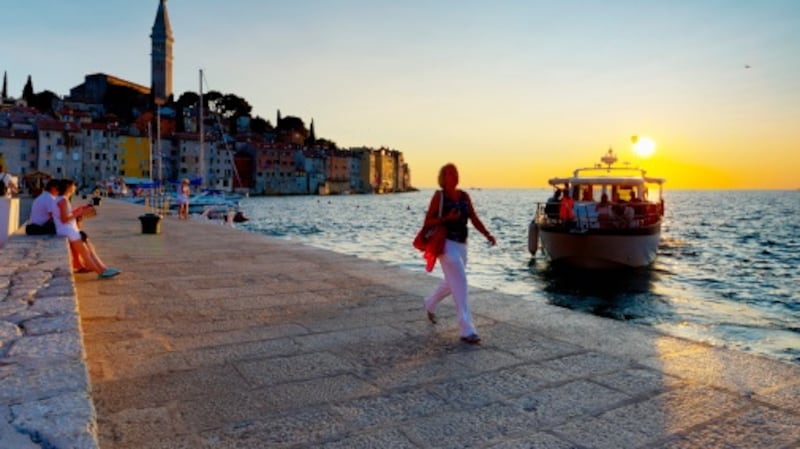
Long overshadowed by Dalmatia to the south, Croatia's Istria region is gaining new attention thanks to developments like Family Hotel Amarin, a child-friendly, 280-room beach resort that opened last year, and the Valamar Isabella, which opened on tiny Sveti Nikola island in 2015. Boutique lodgings have popped up in charming fishing towns like Novigrad, home to the 13-room Rivalmare. Thankfully, Istria's other attractions — Roman ruins, fresh truffles, great wines and incredible seafood — are timeless.
42. Placencia, Belize: Ecotourism expands in southern Belize.
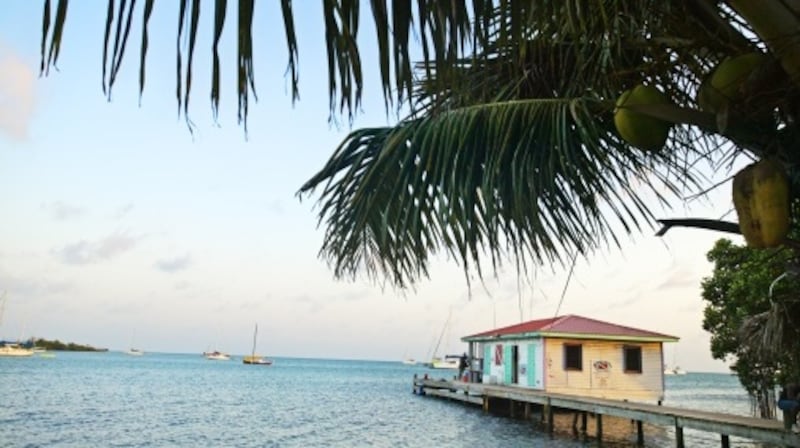
A traffic arm still swings down to close the main road into Placencia in southern Belize whenever a small plane lands on its narrow peninsula. More of those planes may be stalling golf carts, a popular form of transportation here, with the recent opening of Naia Resort and Spa, offering 35 beach houses, a yoga studio and a juice bar. The boutique Itz'ana Resort & Residences will follow in March with a locavore restaurant, five-room spa and rum bar. The laid-back beach town offers access to the Belize Barrier Reef, prime waters for seasonally diving with whale sharks, which were recently deemed endangered by the International Union for Conservation of Nature.
43. Langtang Region, Nepal: A crumbled town springs back.

Visitors to this hinterland 40 miles north of Kathmandu dwindled following the 2015 avalanche that nearly wiped out Langtang village, the nerve center of the area. In an effort to revive tourism, the travel outfitter Intrepid now offers a spectacular 15-day Tamang Heritage Trail Trek through alpine terrain, verdant midlands, rustic villages and monasteries. The newly opened portion of Langtang National Park called the Tamang Heritage Trail affords an opportunity to meet the Tamang people, originally Tibetan horse traders.
44. Bozcaada, Turkey: A slower-paced way to see Turkey.

This wind-hugged sliver of an island in the Dardanelles is delightfully secluded: a 50-minute plane ride from Istanbul to Canakkale followed by a leisurely ferry ride on the Geyikli-Bozcaada feribot (and thus far, untouched by the violence that has shadowed the country). Despite its modest size, Bozcaada is covered in vineyards and home to six vintners, including the widely known Corvus. Beyond the vines are coves, ancient ruins, two beaches and a latte-colored Ottoman castle. Even the cobblestone downtown area has gotten more mellow: It became a traffic-free zone in 2015.
45. Birmingham, Alabama: A new brewery was just the start.
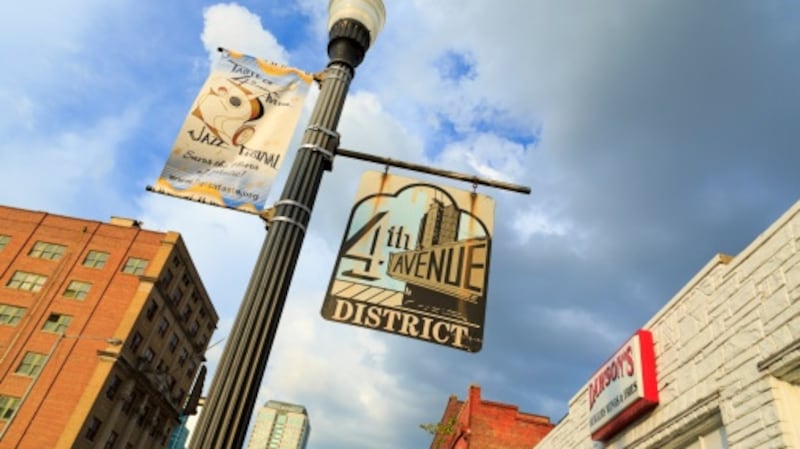
Birmingham's nickname, "The Pittsburgh of the South," seems apt anew, thanks to the revitalization of the Avondale neighborhood, where artists, restaurateurs and young entrepreneurs are taking over brick warehouses and Queen Anne cottages. Since the neighborhood's eponymous brewery took up residence inside a 19th-century firehouse, hip hangouts like the wood-fired pizzeria Post Office Pies, the live music venue Saturn and the garage-turned-brunch hot spot Rowe's Service Station have followed suit. 46.
46. Sacred Valley, Peru: Celebrating food culture in Inca country.
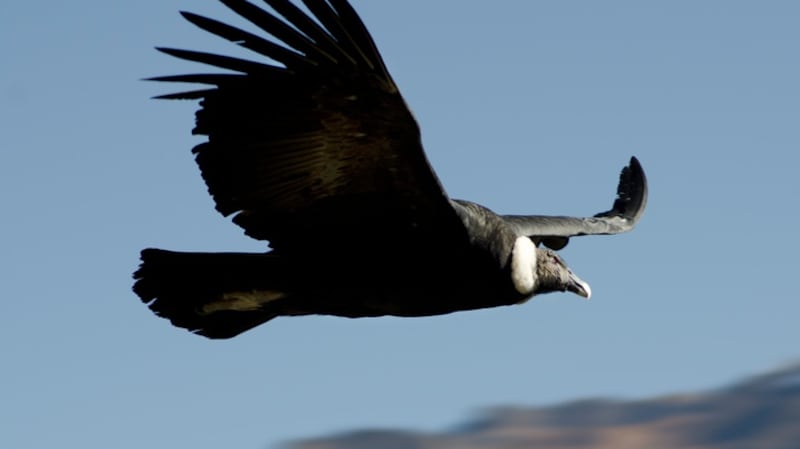
A growing brewery and other food-themed projects are raising the culinary cred in the Inca heartland. Along the Urubamba River, the luxe Chilean ecohotelier Explora has built a 50-room lodge on an old maize plantation, Hacienda Urubamba is offering lessons in making maize beer, and the Lima restaurant IK opened the gastro inn IFK Lodge. And starting in May, a sleeper train, the Andean Explorer, will explore the altiplano with seasonal highland fare in two dining cars, and a grand piano in the bar.
47. Laikipia, Kenya: Elephants, lions and fascinating rituals.

The Borana Conservancy of central Kenya’s Laikipia region forms part of a 90,000-acre protected area for elephants, lions and cheetahs, among other charismatic megafauna. Game drives and lodges abound, but a spectacular new property, the 10-suite Arijiju, opened in 2016 with guides who take guests on excursions, including fly fishing, trail running, horseback riding and treetop canopy tours. The region is also home to both the Samburu and the Maasai, tribes with different but equally fascinating rituals.
48. Busan, South Korea: An underrated city is a design hot spot.

Busan is known as a film town, but the city’s independent design scene is taking off, too. The Jeonpo Cafe District, a once-gritty industrial area, has recently been transformed into a creative hub packed with boutiques like Object, selling handcrafted items by locals. Nearby, a 1920s former hospital reopened in 2016 as Brown Hands Cafe, an atmospheric art space. There are new ventures to showcase local design, too: the annual Busan Design Festival and Busan Design Spot, a guide to local attractions.
49. Portland, Oregon: Still cool? Actually, it’s gotten cooler.
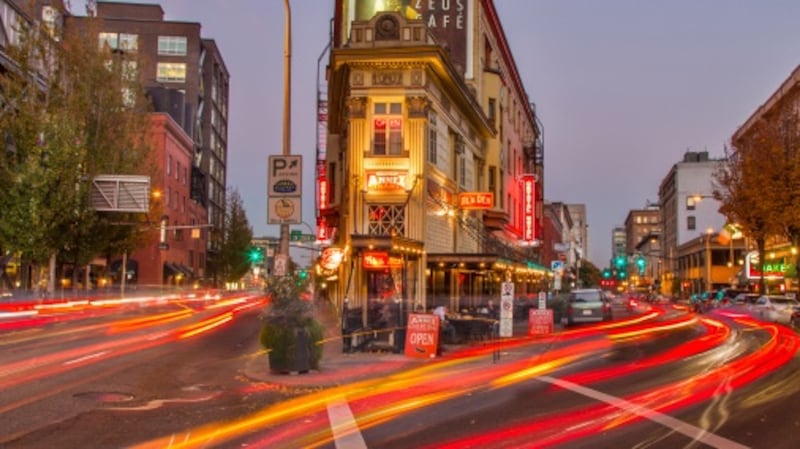
Is booming Portland, a city that invites visitors to indulge in anything from decadent doughnuts to an early retirement, already played out? Bite your pierced tongue — Portland keeps getting better. The city’s already incredible food scene has some notable new players, including a recently opened food hall, the Pine Street Market, and the first U.S. branch of the celebrated Japanese ramen chain Afuri. New lodgings like the Hi-Lo and Society Hotel will transform historic structures into stylish places to stay. The city also recently launched a high-tech bike-share program and opened a light-rail, which whisks visitors across the eye-catching bridge Tilikum Crossing and into destination neighborhoods like Sellwood-Moreland.
50. Budapest, Hungary: A majestic capital revels in modernity.
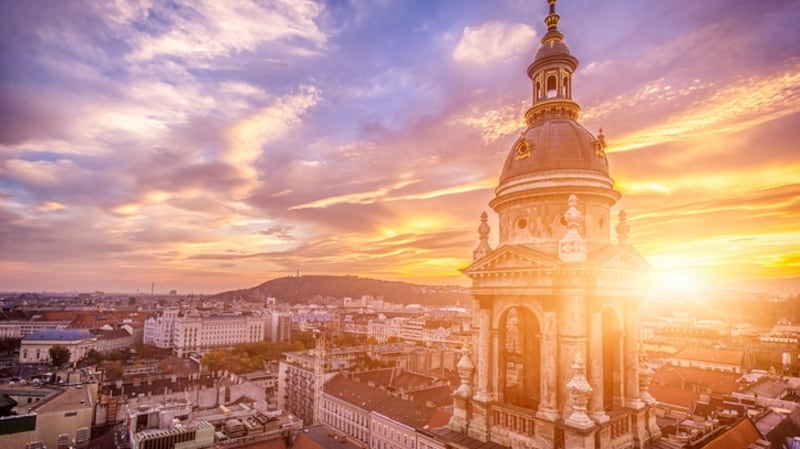
Post-Iron Curtain Budapest has emerged as an animated metropolis. An appealing, youthful energy increasingly arises in the city, at new restaurants like Szimply and Margá Bisztro. Visitors can peruse Hungarian-made jewelry and quirky housewares at Velvet Chemistry and Szimpla Design Shop. A slate of new accommodations, including the locally designed Hotel Rum, further signals the city’s stylish ascent.
51. South Bronx, New York: An industrial neighborhood’s revival.
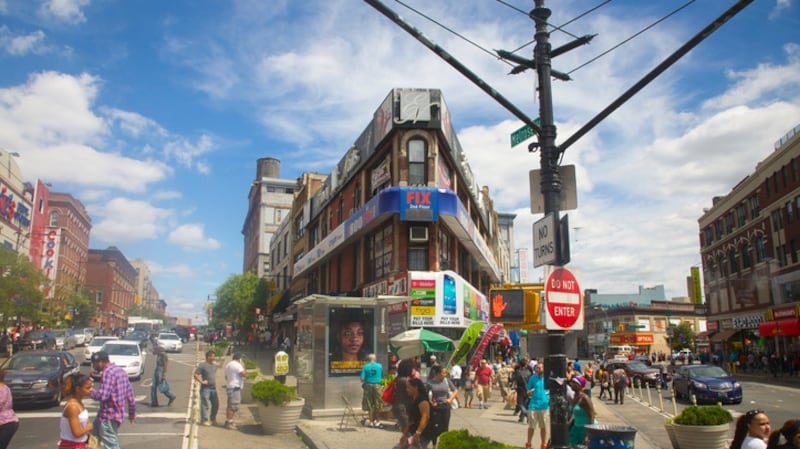
Since the 1970s, the South Bronx has suffered in reality and reputation. But things are turning around. Openings in 2016 included artisanal coffee shops, galleries and boutiques like To_Bridges_ and 9J, La Grata Neapolitan pizzoteca, and Milk Burger. This year's arrivals will include the Bruckner Market food hall, with a rooftop beer garden and a distillery and brewery; the Bronx Post Place retail and dining complex; Latin-inspired restaurants from the chef Douglas Rodriguez; and a riverfront hotel by Somerset Partners.
52. Ryukyu Islands, Japan: The Japan you’ve never heard of.
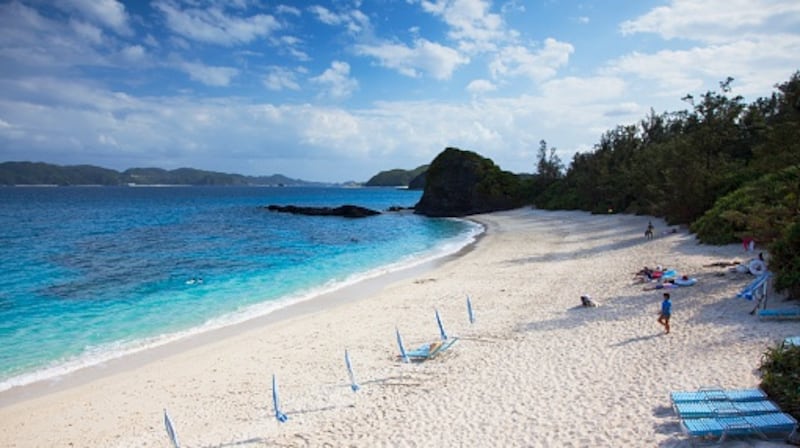
This rarely visited archipelago of 160 islands, with multiple endangered dialects and cultures, stretches from the southern tip of Japan's mainland to 70 miles off the east coast of Taiwan. Expect UNESCO heritage sites, 1,000-year-old cedars, the "living fossil" Amami rabbit, ancient temples and castles, white sand beaches, crystal-clear diving spots and a tug of war festival. There's a new (albeit expensive) way to see them: on an Abercrombie & Kent cruise, with rates starting at $15,495. — © 2017 New York Times News Service










